SUMMARY
Online platforms and private digital communities have become central tools for planning, promoting, and celebrating violent acts. From school shootings to hate-driven attacks, many crimes now originate or gain traction in digital spaces. In Brazil and abroad, extremist groups use platforms like Discord to organize in secrecy, recruit followers, and spread harmful ideologies. The rise in online threats, hate speech, and glorification of violence poses urgent challenges for governments, society in general, and tech companies.
This Content Is Only For Subscribers
To unlock this content, subscribe to INTERLIRA Reports.
Introduction
Between 2021 and 2025, online threats targeting schools in Brazil emerged by 360%, turning digital platforms into powerful catalysts for violence. What once required physical proximity or isolated planning now unfolds through social media, messaging apps, and forums, where hate speech and incitement are quickly disseminated. These platforms are not just channels for threats, they have become arenas where violence is broadcast, celebrated, and monetized.
This transformation has fueled a rise in alerts beyond schools. In São Paulo, for instance, authorities reinforced security after a wave of attacks on public buses hit the capital, its metropolitan area, and the coast. While 180 formal complaints have been registered, reports suggest more than 300 alerts were received and checked, many linked to viral online “challenges.” Around 60% occurred in the southern zone, especially on major avenues like Cupecê and Washington Luís, near Congonhas Airport.
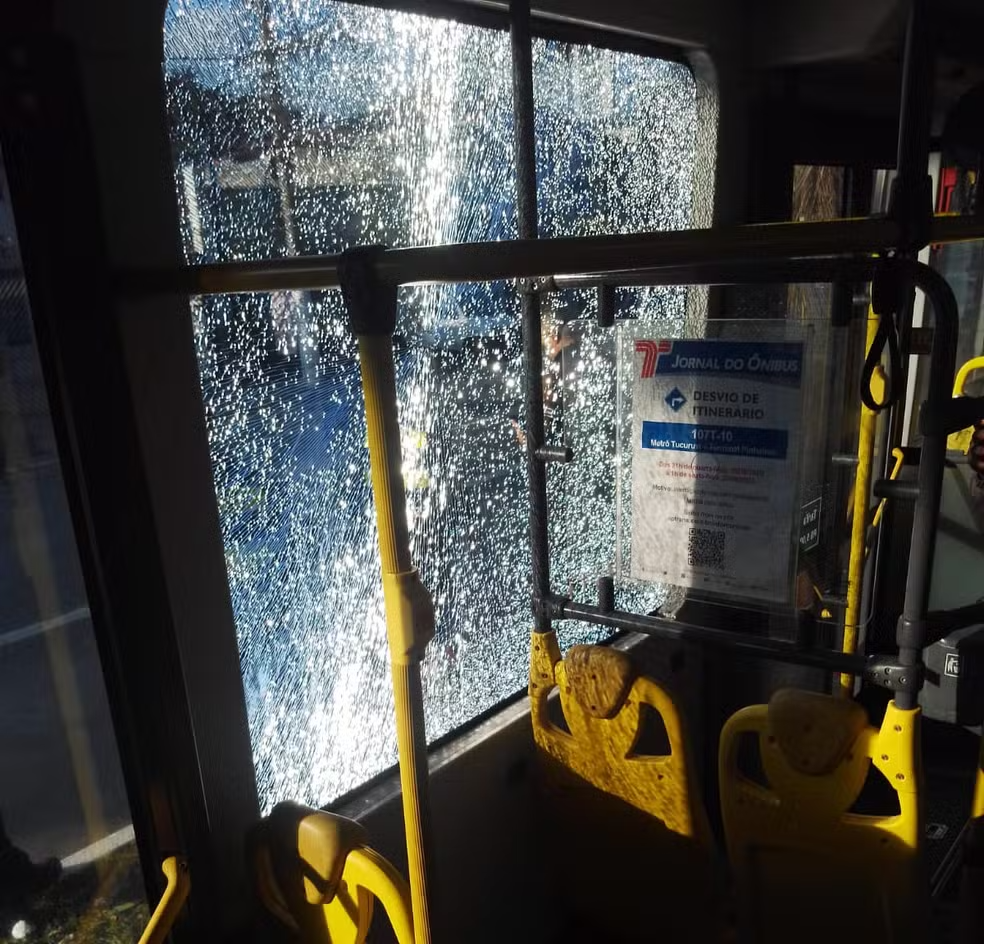
The internet is becoming a vector of propagation of real-world risk. Extremist individuals and groups exploit their anonymity and manage to recruit, radicalize, and organize physical attacks. The convergence of digital hate and physical violence demands urgent attention. These threats know no borders and no fixed targets—public spaces, schools, transit systems, concerts—all are vulnerable and request increased resources for checking.
Threats in Schools
Threats to Brazilian schools have increased significantly in recent years, generating national concern. One notable case took place on December 17, 2024, when a 19-year-old student opened fire inside a public school in Natal, injuring a classmate. The attacker was arrested at the scene, and the incident highlighted the growing vulnerability of educational institutions.
According to the study Attacks of Extreme Violence in Schools in Brazil by researchers Telma Vinhas and Cléo Garcia, 64% of the 42 attacks recorded since 2001 occurred after March 2022. The rise in incidents was particularly sharp: 10 cases in 2022, 12 in 2023, and five in 2024. Although the number of completed attacks declined in 2024, many menaces were averted.
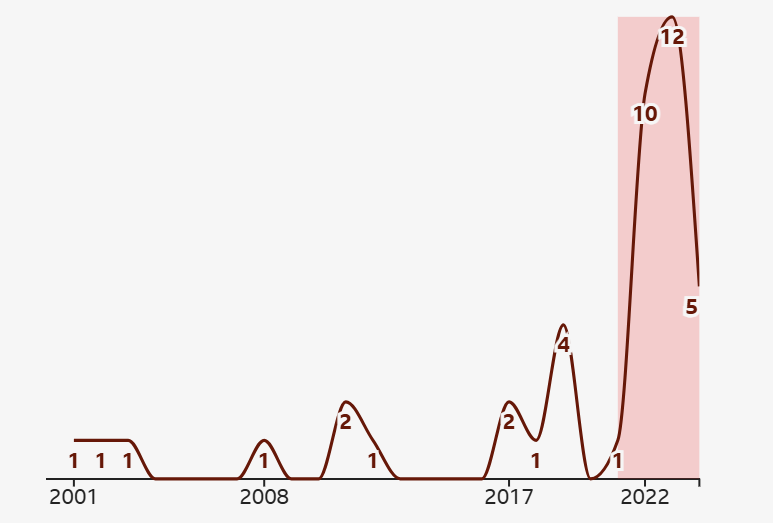
Still according to the study, most attacks (79%) were “active” in nature, meaning they targeted the highest possible number of victims. The remaining 21% were directed at specific individuals. São Paulo reported the highest number of incidents (10), followed by Rio de Janeiro and Bahia (five each), with a total of 17 states affected across Brazil.
Nearly 95% of the 38 deaths recorded, excluding perpetrators’ suicides, involved firearms. Most attackers were perpetrated by current or former students, and almost 80% of the perpetrators were under 18. Only one of the 45 identified perpetrators was female. Notably, over 80% of these attacks occurred in schools serving students from medium or high socioeconomic backgrounds.
These crimes are often motivated, in whole or in part, by hostility or prejudice towards a person’s actual or perceived membership in a particular social group or characteristic and are frequently classified as hate or revenge crimes.
A key development is the role of online platforms in encouraging and organizing violence. The 2023 Sapopemba shooting in São Paulo was planned via Discord, showing how virtual communities can help facilitate real-world attacks — underscoring how the internet has become a critical threat to school safety.
Online Environment as a Vector of Propagation of Risk
Although Brazil has seen a reduction in school attacks, the digital space has become an increasingly volatile arena for threats, hate speech, and incitement to violence. A study by the Brazilian Public Security Forum and Timelens “Aspects of violence in schools analyzed from the digital world” reveals a 360% increase in posts threatening schools between 2021 and 2025. Despite a drop in acting-out behaviors—from 15 incidents in 2023 to five in 2024, online content related to school violence continues to surge, fueled by radicalization and the normalization of hate.
This trend is not limited to schools. Online platforms now serve as global incubators for extremist groups and spread of hatred. In Rio Grande do Sul, the Federal Police indicted a man for promoting terrorism after sharing content supporting Al-Qaeda and ISIS and researching explosive devices. In São Paulo, teens were arrested for planning attacks on homeless people and animals. In Paraná, public forces aprehended a 14-year-old girl linked to a group that live-streamed the assault of a homeless man. The group, led by a 25-year-old, involved thousands of minors, hosted paid “events,” and rewarded violent behavior.
Online challenges also pose a serious threat to children, sometimes with fatal outcomes. In April, a girl in Ceilândia (Federal District) died after participating in a Kwai challenge by inhaling aerosol deodorant.
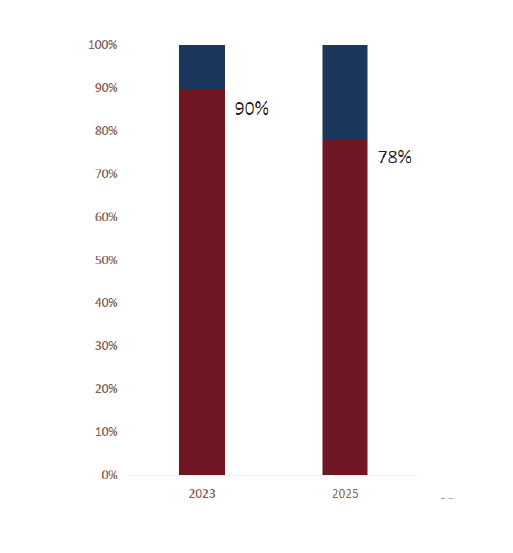
The above-mentioned study by the Brazilian Public Security Forum also analyzed over 1.2 million posts, 50 Discord communities, and more than 46 million Google searches. Notably, hate content is moving from the deep web to mainstream platforms: in 2023, 90% of hate-related content was hosted on the deep web; by 2025, this figure dropped to 78%. Researcher Manoela Miklos points out how backlash against societal challenges, like gender equality, has intensified radicalization in digital echo chambers.
One recent example of this evolving threat occurred in Rio de Janeiro. In May 2025, police foiled a bomb plot targeting the LGBTQIA+ community during the Lady Gaga concert on Copacabana beach. The plan, like others before it, had been organized on Discord—the platform that has become central to many of these threats. To better understand how digital platforms contribute to this trend, it is important to examine why Discord, in particular, has become such a powerful tool for extremist groups.
What Makes Discord a Problem
Extremist content online is not exclusive to Discord, nor did it originate there. Platforms like Orkut, TikTok, and others have long been used to disseminate radical ideologies. However, Discord — launched in 2015 as a communication tool for gamers—has specific features that make it particularly appealing to extremist groups.
A key characteristic is its emphasis on closed communities, known as “servers”. Unlike open platforms designed for widespread visibility, Discord encourages private group interaction. According to João Victor Ferreira, a researcher at the University of Brasília (UnB), extremist recruitment often begins on public platforms and then transitions to Discord, where its closed server structure allows radical content to circulate freely and unchecked.
Another issue is limited content oversight. The platform allows users to create their own servers and invite others to join. Moderation is decentralized and often handled by the same individuals who spread harmful content. As researcher Tatiana Azevedo notes, this becomes a major vulnerability, making it nearly impossible to curb dangerous behavior.
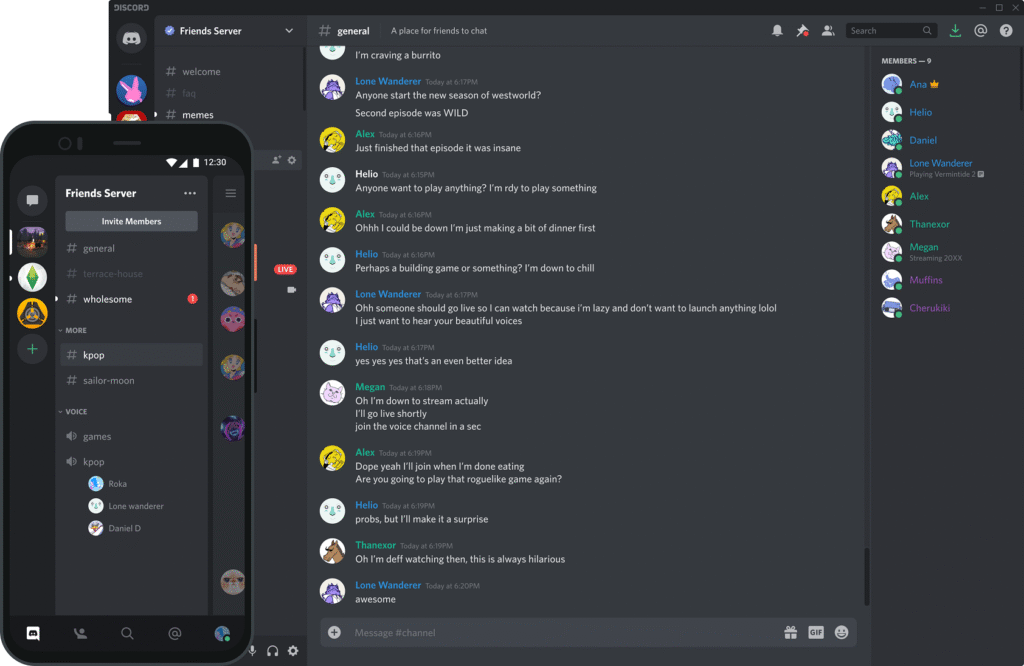
Discord’s roots in gamer culture—where libertarian values and resistance to authority are common—also contribute to an environment where regulation is rejected. This culture can further erode support for moderation policies.
Discord offers an environment where antisocial behavior can grow beyond any control. This raises a broader debate: to what extent should digital platforms be held accountable for the content they enable? In Brazil, this debate has gained legal traction, as courts begin to reassess the responsibilities of online platforms.
Accountability of Social Networks
The Brazilian Supreme Court (STF) recently reached a majority vote in favor of holding social media platforms responsible for harmful content published by their users. While the final details are still under discussion, the ruling could mark a significant shift in how digital platforms are expected to control and respond to abusive or illegal posts.
At the center of the debate are two legal cases questioning whether social networks can be ordered to pay compensation for moral damages caused by user-generated content — even in the absence of a prior court order demanding the removal of that content. These cases involve the interpretation of the Brazil’s Internet Civil Rights Framework, a landmark 2014 law that outlines users’ rights and platform responsibilities in Brazil.
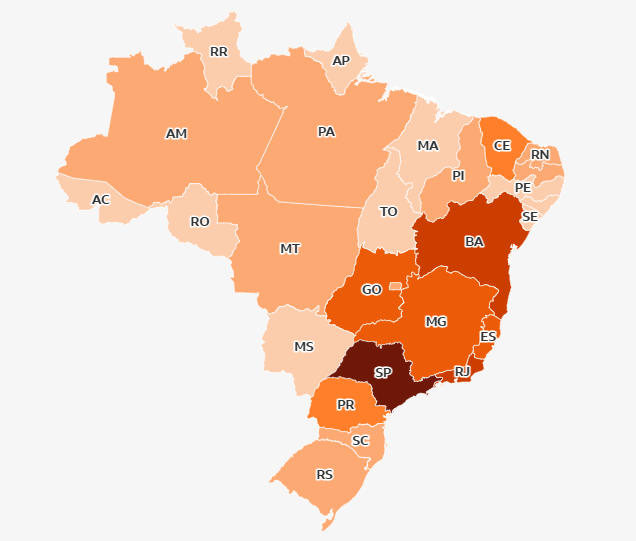
Currently, the law states that platforms are only responsible if they fail to remove harmful material after receiving a specific court order, thus they are not obliged to moderate user-generated content. The Supreme Court’s decision challenges this standard, suggesting that platforms may bear responsibility even before judicial notification, especially in cases involving hate speech, disinformation, or violations of individual rights.
This legal development in Brazil mirrors broader global discussions about how digital platforms should be regulated—particularly when harmful online content has real-world consequences
International Cases
School-related violence and online radicalization are not limited to Brazil. Recent international cases illustrate the global nature of the threat and the increasing role of digital platforms in facilitating extremist actions.
On June 17, 2025, police in Hamburg, Germany, arrested a 20-year-old man “strongly suspected” of having committed more than 120 crimes from 2021 to 2023, “particularly those directed against life, physical integrity, and sexual self-determination” to the detriment of a total of eight child or adolescent victims”. He was identified as a leader of “764,” a transnational online hate group with members in Germany, the United States, and Canada. According to the Digital Observation and Analysis Center (Noad) in São Paulo, the group influences at least two active hate communities in Brazil. Brazilian authorities have investigated related groups for planning attacks on homeless individuals and promoting child sexual exploitation, animal cruelty, and Nazi ideology.
Another case occurred in Austria on June 10, 2025, when a mass shooting at a high school in Graz left 11 dead and 11 injured. The 21-year-old Austrian killer had spent much of his free time playing what were described by police as “ego shooting” online video games, in which participants typically use virtual firearms to kill enemies. Police said they believed the online community of players had formed his main social contacts and that he had otherwise been a loner who kept to himself. These incidents reflect a broader pattern: violent acts increasingly rooted in online extremism and involving young perpetrators. The transnational structure of some networks also complicates monitoring and law enforcement, and demands greater international cooperation. As these examples show, the threat landscape is evolving quickly, and addressing it requires prevention specifically through education, robust network monitoring solutions and digital platforms accountability.




